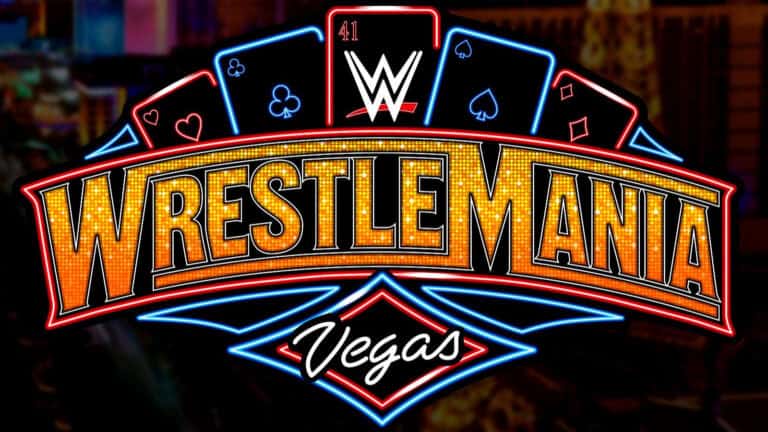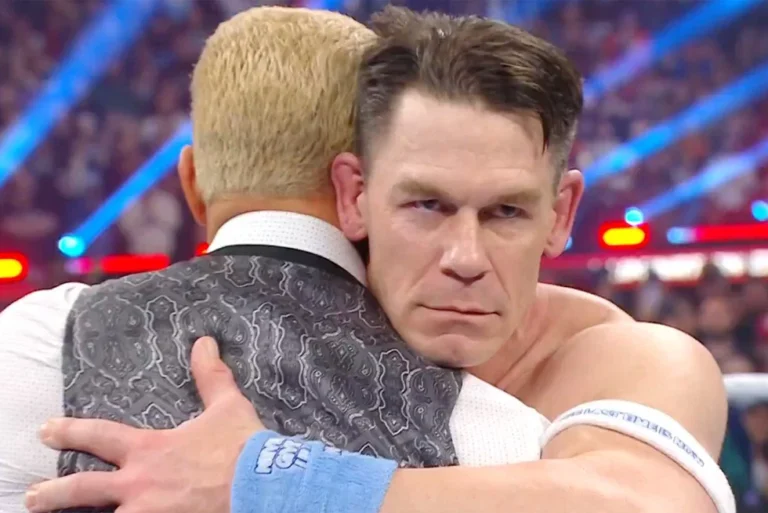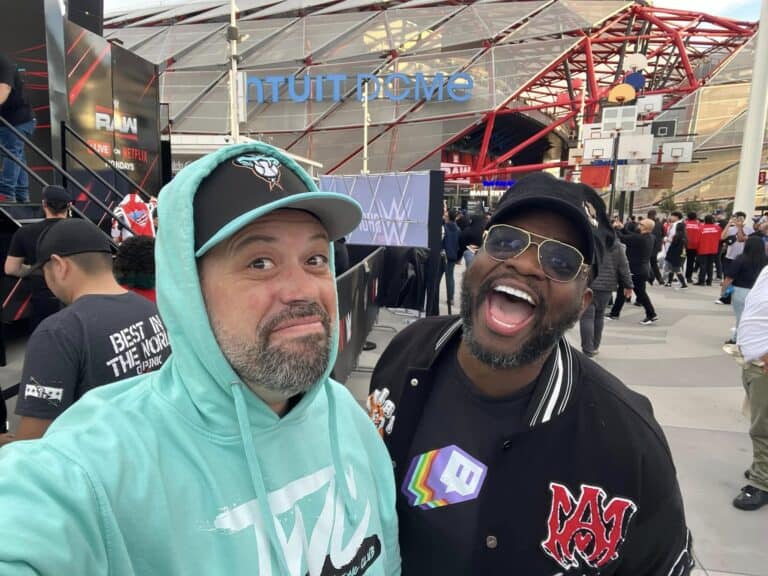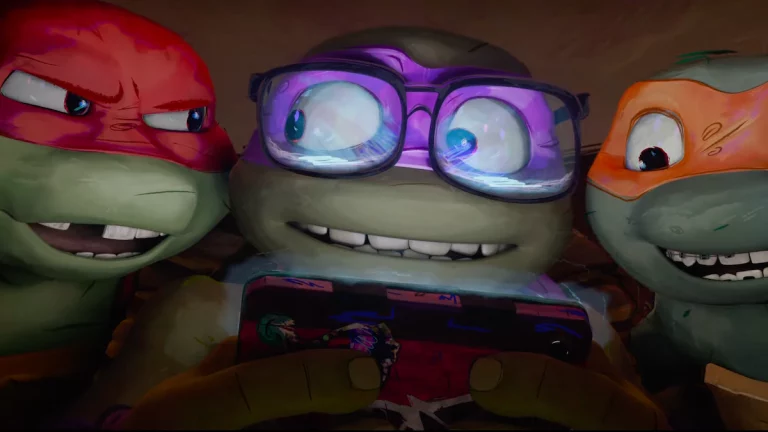So… That Happened: Right to Censor
The Attitude Era was and is known as the time that the WWF dared to push the envelope in every possible way at every given moment. Language, violence, sexual content… nothing seemed off limits. They say all news is good news but during the late 90’s and early 00’s, McMahon and his million dollar company came under fire from various [Read More]






